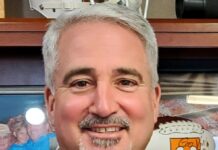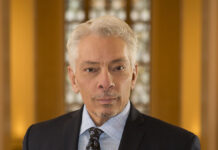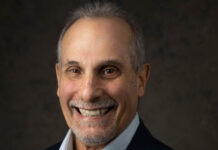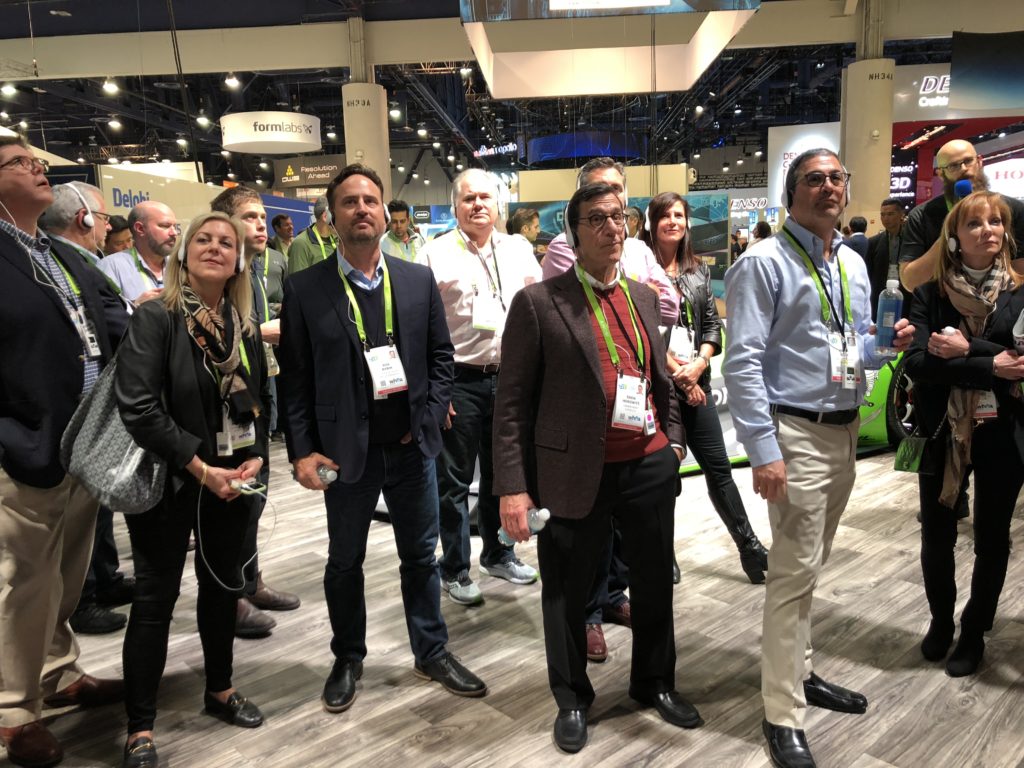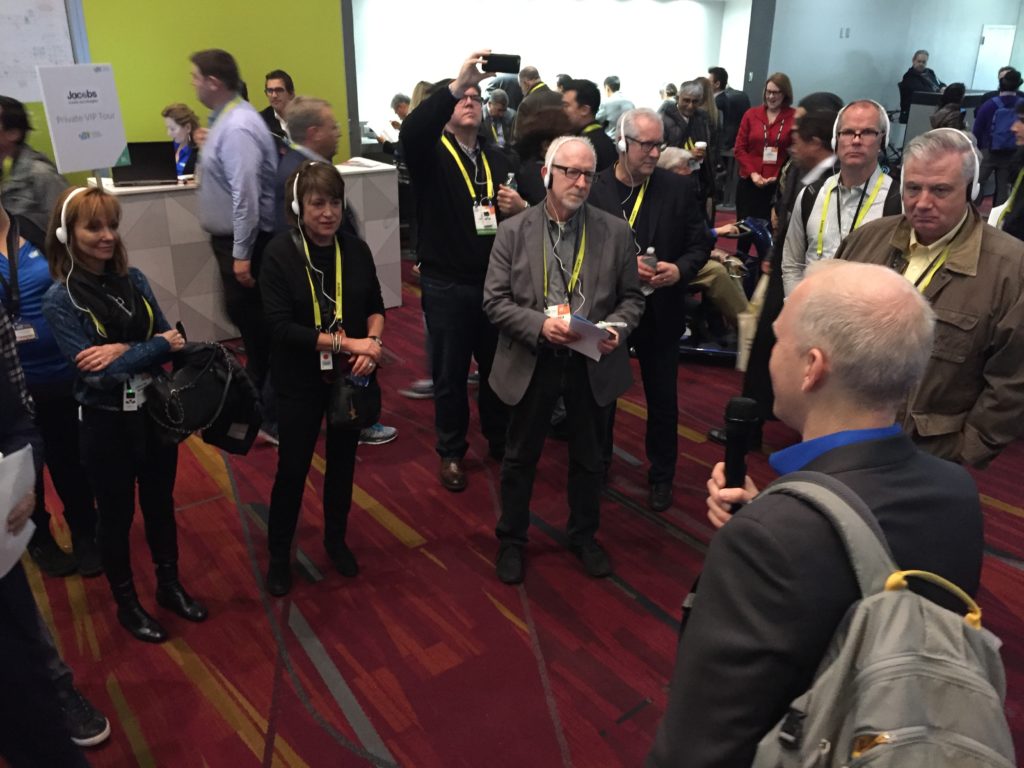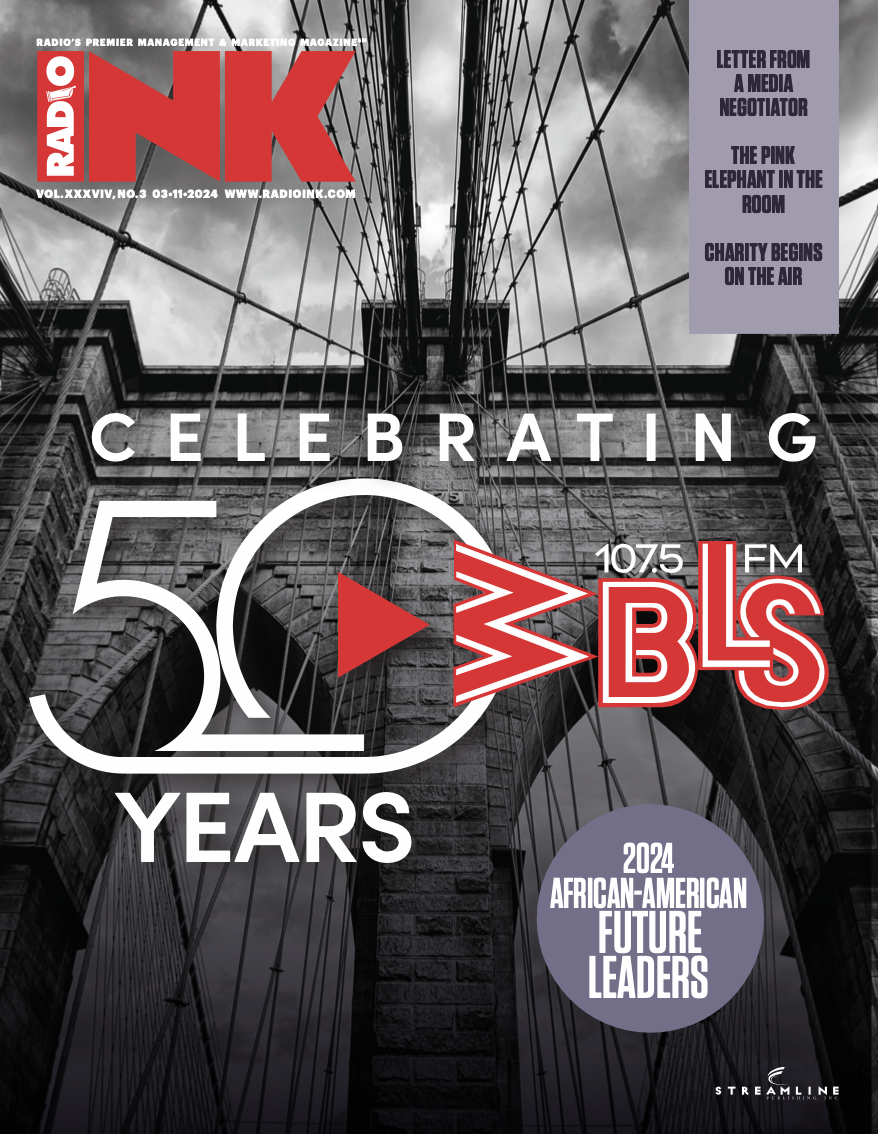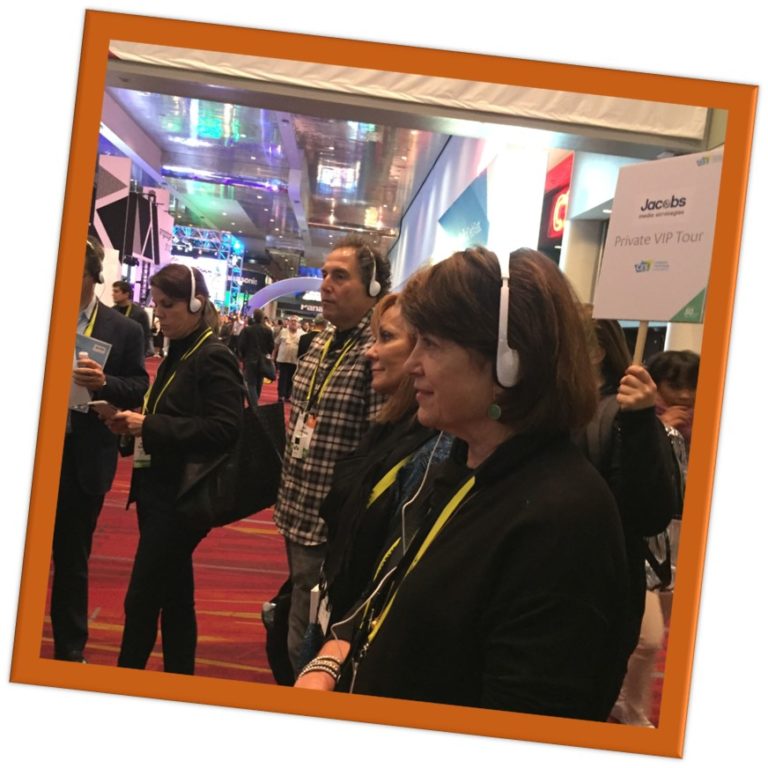
It’s a big question. Not only is attending the massive Consumer Electronics Show expensive, it takes valuable time away from the station, right at the start of a new year. CES kicks off Tuesday and runs through Friday in Las Vegas.
Over 180,000 people are expected to attend and every device and gadget you can imagine will be on display in the convention center and hotels throughout the city.
If you are going, chances you will run into Fred and Paul Jacobs, now in their 10th year attending CES. You might even be part of the tour Fred and Paul give to radio executives who need to find their way through the maze of gadgetry.
We reached out to Fred Jacobs to get an early glimpse of what he expects to see in Vegas next week and what he hopes to show his radio friends.
Radio Ink: Tell us about your annual trek to CES.
Fred: I believe this is the 10th year I’ve attended CES, which seems like a lot until you realize that Jerry Lee is attending his 50th. I’m still a beginner. We noticed during the early years that there were very few people from radio at CES and as we began to meet people from the auto industry and we told them we were from radio, more often than not they would respond by saying, ‘Oh satellite radio’ or Are you with Pandora?’ It became painfully clear that broadcast radio did not have much of a presence. As we started talking to our clients about CES it became clear that most of them had never been to the event. We decided three years ago we would address that. I got pushed into it by Bill Hendrich at Cox who said, ‘I would love to go to CES based on everything you guys write about it, but I realize I would screw it up. It is intimidating, there are too many people. I would not know where to go and so I would waste my money. If you guys put together a tour that was relevant to broadcast radio people that would show us what is new and great and what will impact our industry, I would pay for that.’ That’s how it began. This is the third year we will be schlepping broadcast executives around the Las Vegas convention center. It’s really remarkable. It’s an eye-opener for them and a great experience for us. It exposes them to ideas, tech, people that you just don’t run into in typical broadcast radio settings. We’re doing three tours this year, which is the most we have done. That is ambitious.
Radio Ink: How do you prepare for the tour?
Fred: You work the tour through the Consumer Technology Association, the parent organization for CES. We know for the most part what broadcasters ought to be seeing out there, so it’s a matter of working with them to figure out which exhibitors can provide that experience, which ones are actually available to tour. Some are so tied up with customers and they really can’t be bothered when a group of a dozen people come by. We have our target areas like automotive and voice and AI, and then it’s a matter of CTA suggesting exhibitors that might work and ones that are physically convenient. It is like attacking Disney, the more you have a plan the more you see without wearing yourself out. There’s also a physical rhyme and reason to the tour. CTA provides the first 90 minutes of the tour and then Paul and I take over and we do about another 90 minutes. We stop off at some of our greatest-hits exhibits who we know, like at Ford, Honda, and Experia. It is two tours combined into one. Every year we sit down with CTA to map out exactly what we want to do and see.
Radio Ink: In your 10 years of going, how has CES changed?
Fred: It is more crowded. They broke 180,000 last year; it could go easily north of that. One of my favorite areas is Eureka Park which is over at the Sands. It’s basically small start-ups. It’s not as flashy as the convention center but you meet a lot of bootstrap entrepreneurs who have very cool ideas. Eureka Park has exploded. When we first started going a few years ago there were 600-700 exhibitors and now they tell us it’s upwards of 1,100. It has spread to all these other conference areas and hotels. C Space is at the Aria, the Venetian has a lot of meetings. Part of the fun and angst of CES is that you just can’t see everything. You have to pick and choose, do you want to see keynotes, go to panels, walk the exhibit floor or other areas. It can be very intimidating. It has grown markedly over the years. There are a heck of a lot more radio people there now, which is encouraging. Used to be you walked around for days and run into three or four people and now I would say on average every 10-15 minutes we run into somebody we know from the radio industry.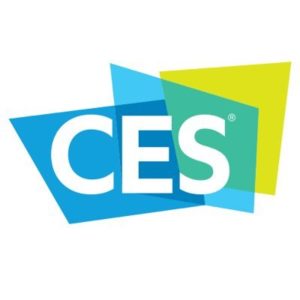
Radio Ink: Why are more going?
Fred: I think they realize radio is part of a much bigger media and technology ecosystem. Unlike the old days we were living in our own self-contained broadcasting space, now all the things you see at CES are directly or indirectly connected to radio. It may be the car, smart cities, 5G, artificial intelligence, voice communications. It’s all connected to what broadcasters are doing every day in their radio environment. Here is a place you can see what is new and next. More importantly, the more of these you go to the more you start connecting the dots. You start seeing trends and how consumers are changing and how the radio industry needs to change as well. As more radio companies talk the innovation game, they have to come to realize you have to walk the walk as well. Attending conferences like CES helps you immerse yourself in what is going on out there so you can make sure your company survives and thrives.
Radio Ink: Even though more are going, are enough going?
Fred: No. I think many more people from the radio industry should be going. I don’t think they need to go every year. The people who have attended our tours have said to me I feel like I could go every other year and be okay. I think that is by and large accurate. There are still many people in the business who would get great benefit from going. The cool part is even though it begins at the start of the year at a time when you would rather be hunkering down at your stations attacking issues of the day, the upside is, it is very positive and the people are great. You meet a lot of people, not just from the U.S. There is this feeling of innovation in the air that is palpable. It is uplifting, exciting, and optimistic. There is no other conference or event I walk away excited about what the future looks like.
Radio Ink: Are smart speakers still a big thing?
Fred: Yes, huge. Google showed up in force last year, which is the first year they had been to CES in a long time. It was an all-out assault. It was a really big showing. They were the first stop on the tour last year and will be again this year. We understand it will be as big if not bigger. Amazon will also be there. I think where voice is headed now is in the dashboard. It is just the tip of the iceberg for voice. It is going to be bigger this year.
Radio Ink: How close are we to being able to talk to our smart speaker devices in our cars like we do in the house?
Fred: Five years. That’s a wild guess. Most new vehicles rolling off the assembly line will have voice components of one kind or another. Amazon now is marketing a very inexpensive device that you could put on your 2002 Saturn and have Alexa available to you. Voice in general is becoming mass market. Voice in the car will too, which of course has all kinds of implications of how we will find our radio stations in the future. We have worked hard to become presets but now it may be a back-to-the-future kind of situation, where we are going to need to make sure they remember our name and address in order to make sure the voice assistant hooks us up with our radio station. The irony is not lost on me as an old radio guy where recall was the currency and PPM sort of put that on the back burner. I think voice brings that right back to the forefront.
Radio Ink: Any final thoughts?
Fred: I have seen the last few years in a row, when we take our radio executives around the convention center they don’t look like they do at NAB. They are not wearing suits and sitting at the bar holding court they are running around in jeans, wearing Nikes. They are pretty unrecognizable. People are not pelting them with resumes and deals. The thing Paul and I notice is what a nice change of pace it is for them to be able to go to something like this and take it in without that almost hourly pressure to perform. For the broadcast executives it has that benefit. I asked Jerry Lee a number of years ago why he goes. It is a tough event the older you get to negotiate it. He said, “Because I don’t want to miss the future.” The best reason to go is to be able to experience where the puck is headed and if you are serious about your career or company you have to be at an event like this.

